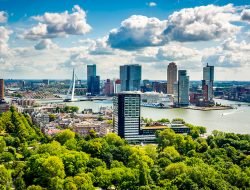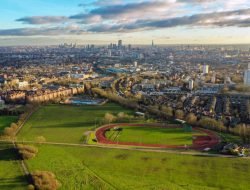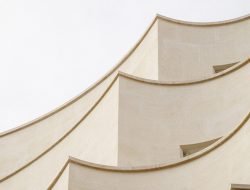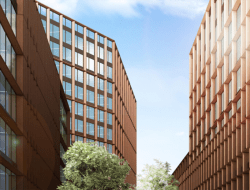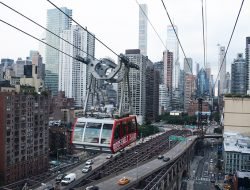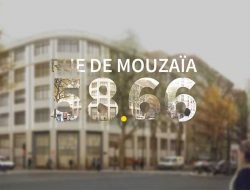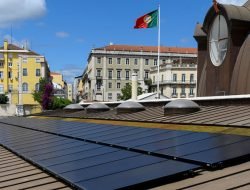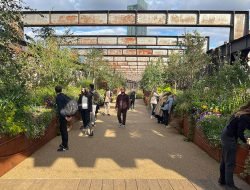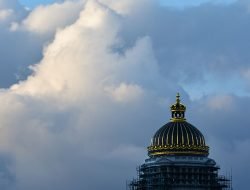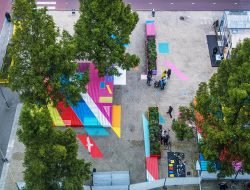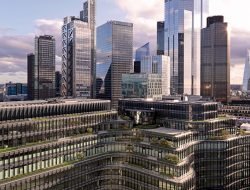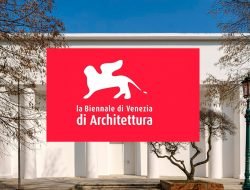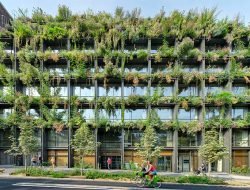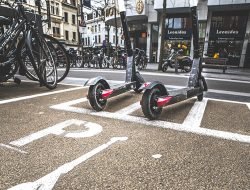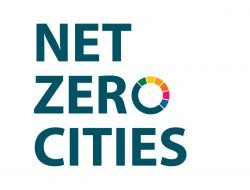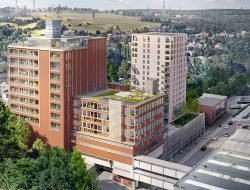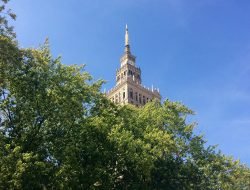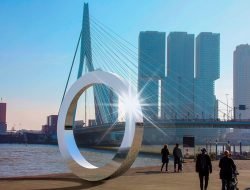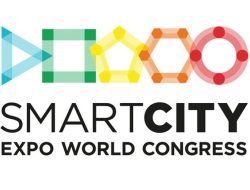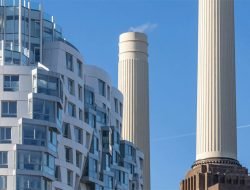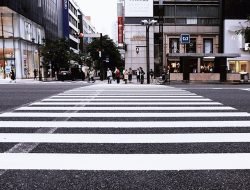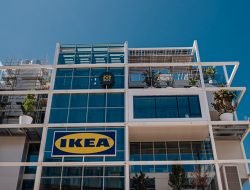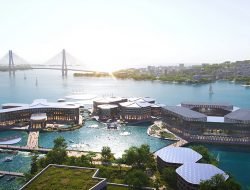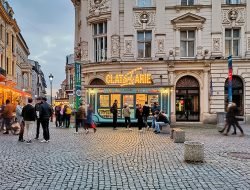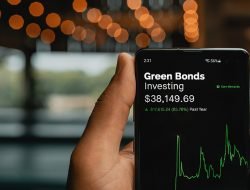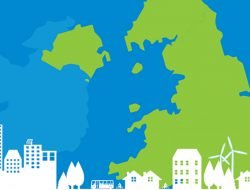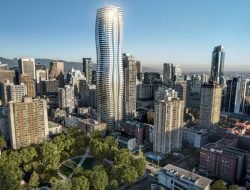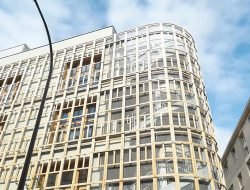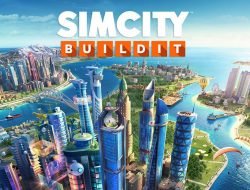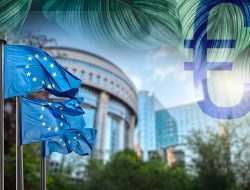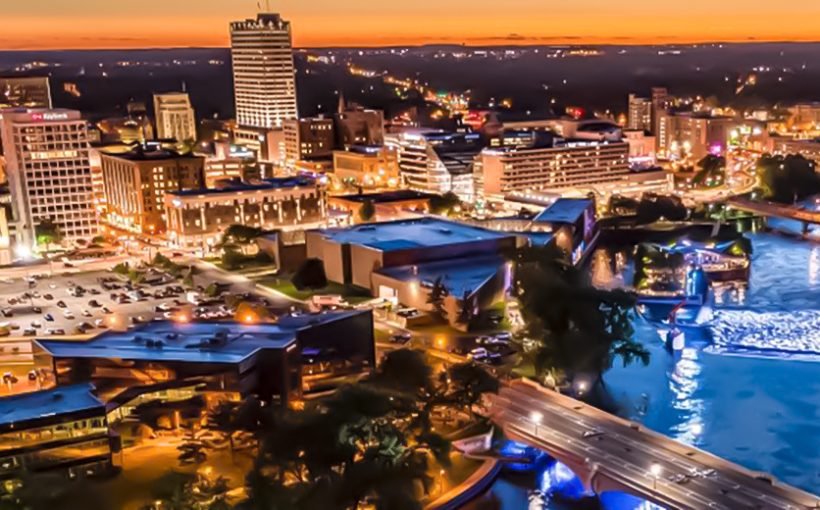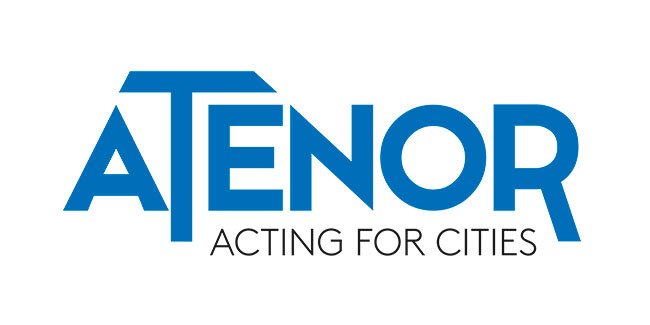In South Bend, USA, a unique development model allows hundreds of residents to own their homes.
In general, urban real estate is developed by well-financed companies, which preferably focus on high-income neighbourhoods (although there are many exceptions, with developers betting on revitalising brownfields into new neighbourhoods). By the early 2000s, the empty housing stock in South Bend, Indiana, had doubled, while the number of residents living below the poverty line increased by 40%. As a result, hundreds of houses were left abandoned.
Revitalising declining neighbourhoods
In 2017, the US federal Opportunity Zones programme created tax incentives for investing in certain disadvantaged areas. Therefore, a proposal was made to residents to invest in their neighbourhood by buying undervalued land or buildings that no professional wanted. Thanks to this initiative which gave financial power to the inhabitants, South Bend now has a network of approximately 200 people – 200 investors, therefore –, making it the largest real estate developer in the city.
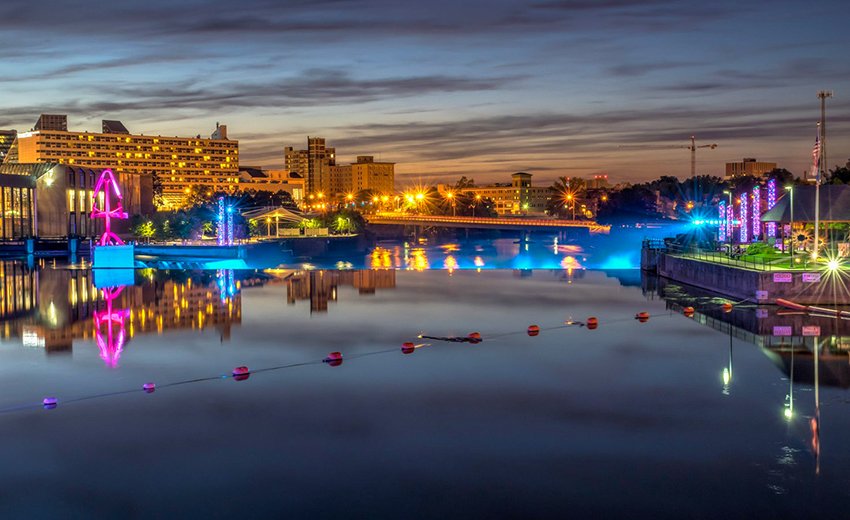
Citizens are the owners © gov1.com
“What we’re doing is a bit like farming”, says Mike Keen, one of the citizens involved in the process. “A developer hopes to be done in 12, 16 or 18 months and then moves on to the next project. He made his margin. Whereas if you’re a farmer, you find a space, ideally a place to live, and commit to it for the rest of your life.“
However, this “incremental development” model is not free of potential challenges and pitfalls. It depends heavily on the willingness of municipal officials to promote micro-development, which takes years, even decades, to bear fruit.
Tags: Opportunity Zones., real estate investment, South Bend, urban rehabilitation



